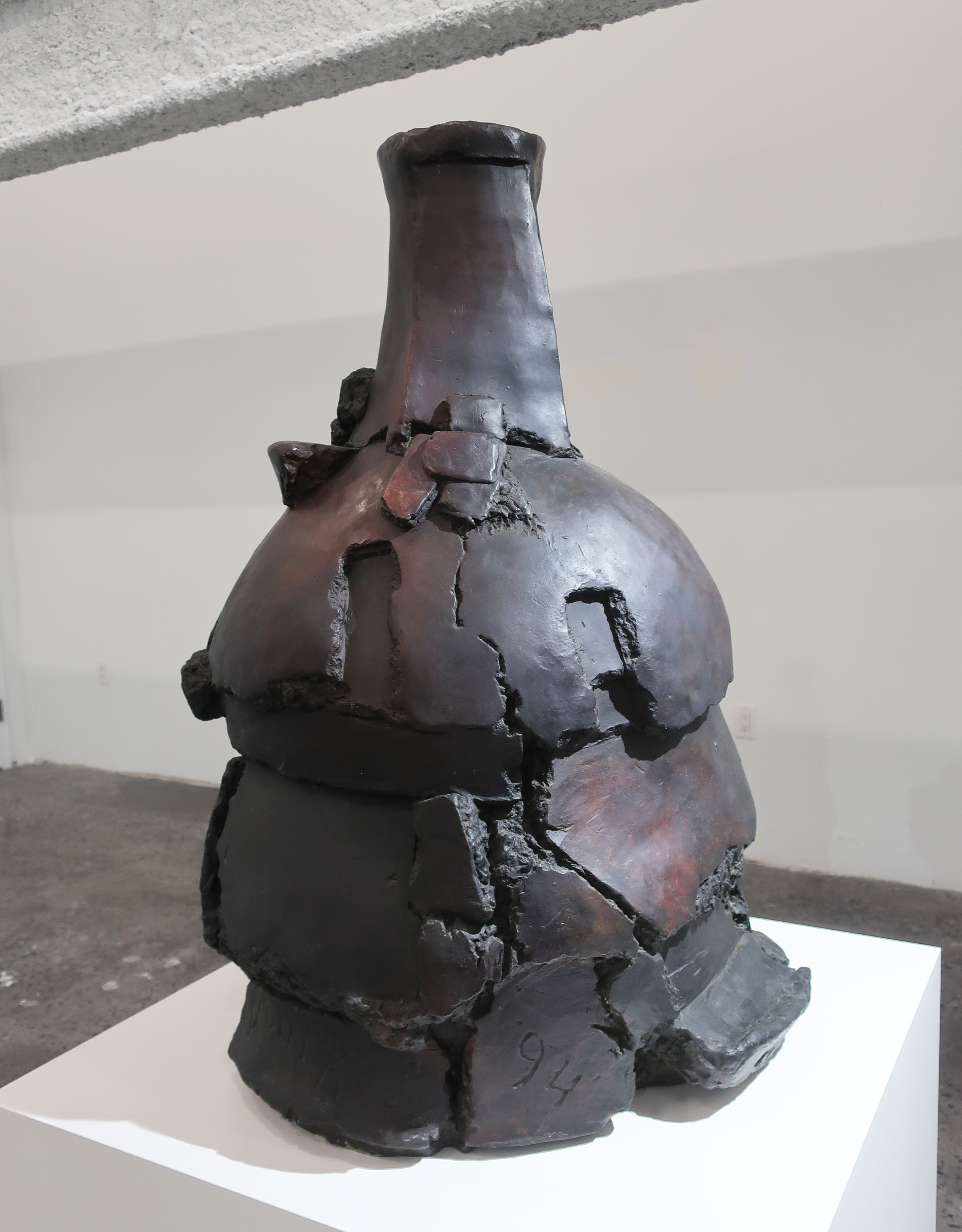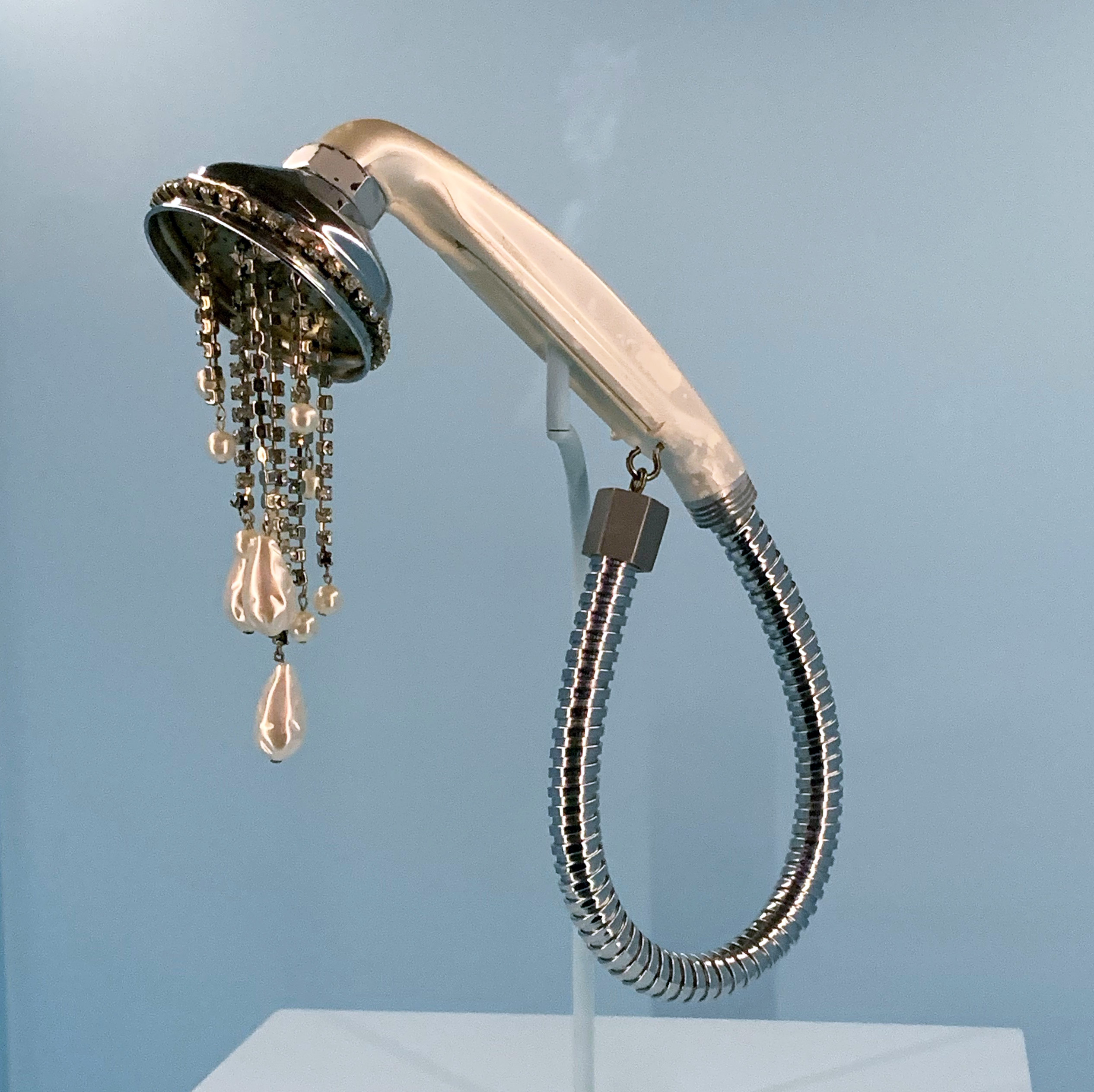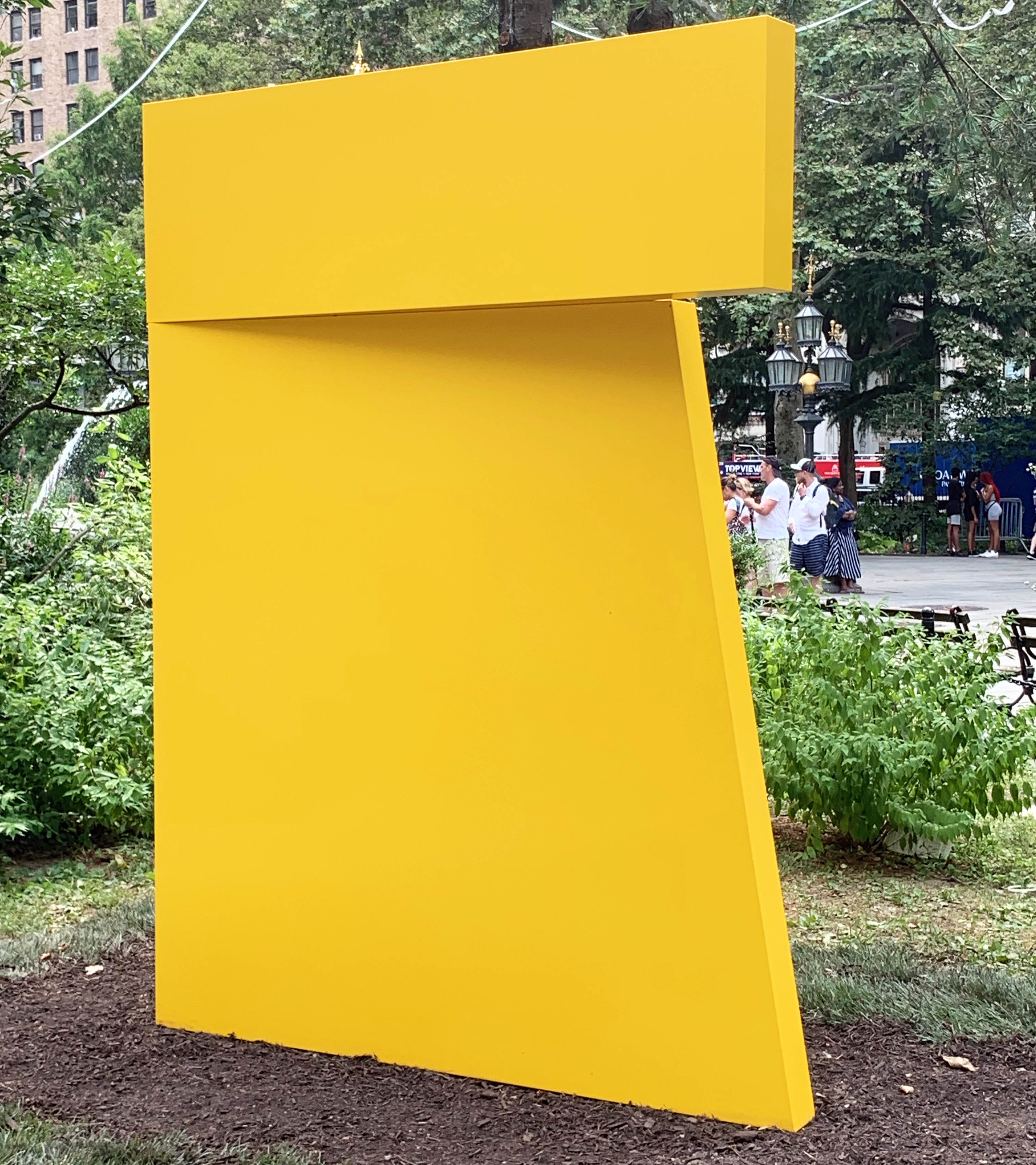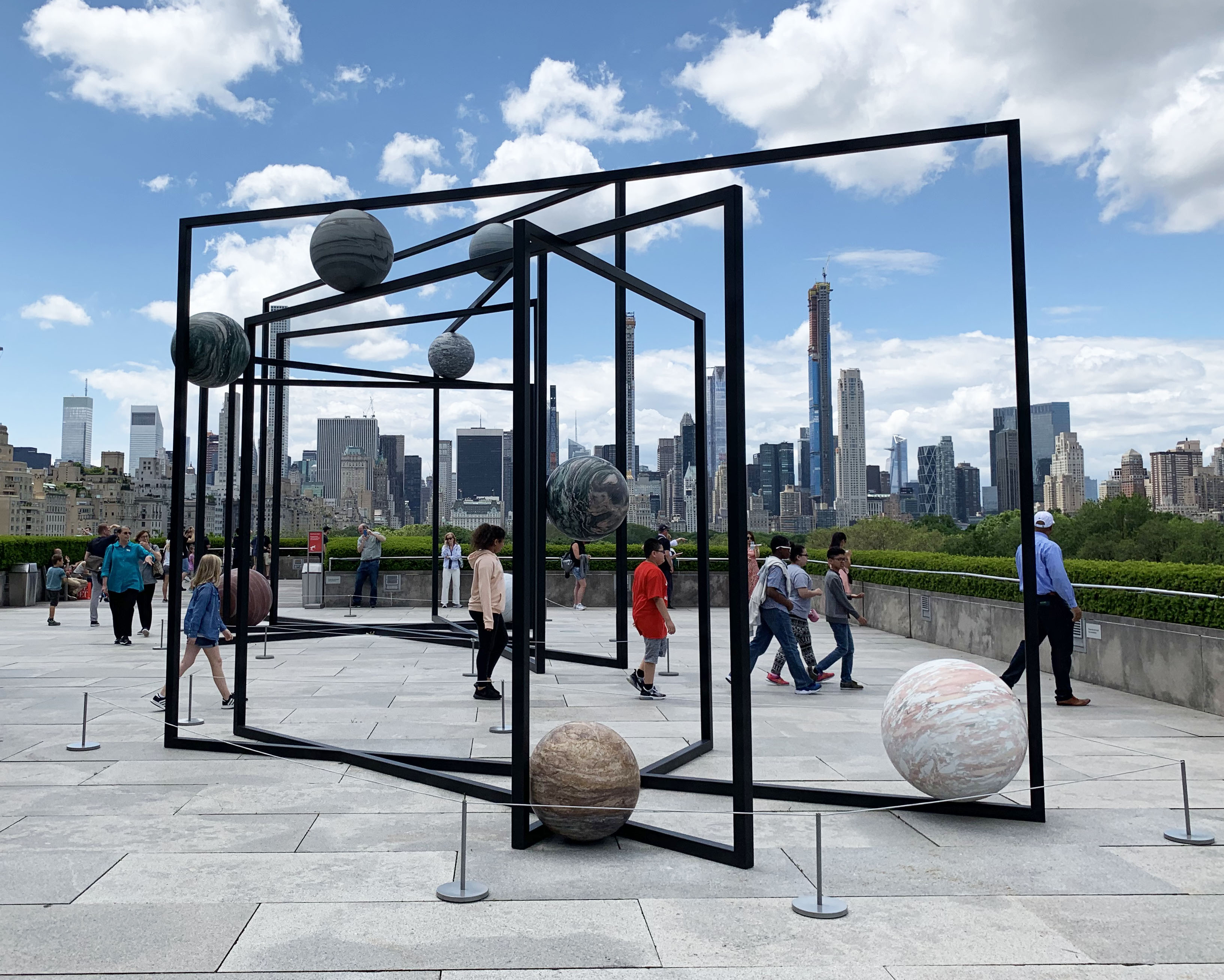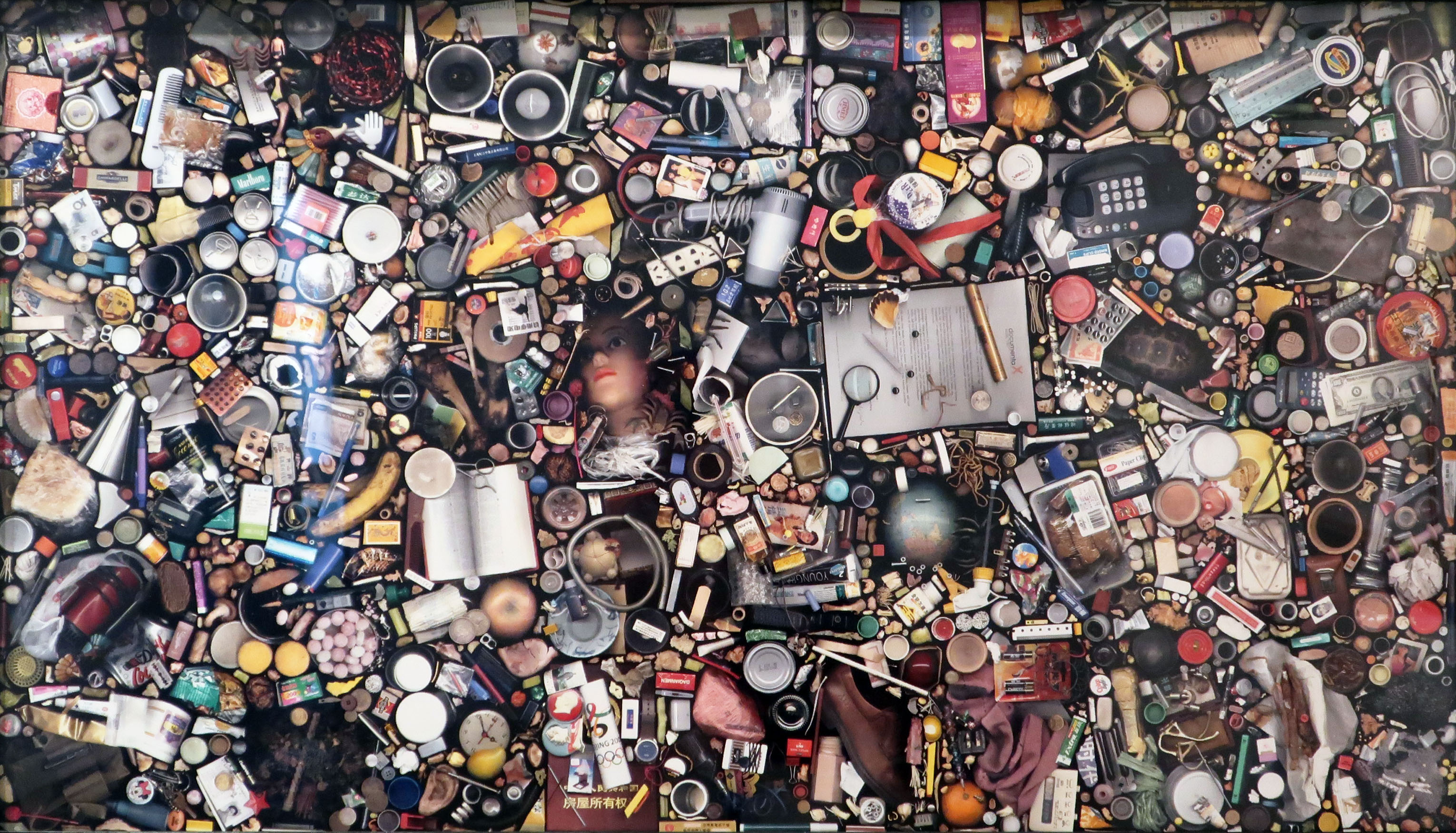Peter Voulkos’ influence is a constant presence in New York’s galleries if his actual rule-destroying ceramic sculptures are infrequently seen; Burning In Water’s current show of work from Voulkos’ ‘Stacks’ series manifests the artist’s deliberately imperfect forms. Patched, split and tilting to the side, ‘Big Ed’ exemplifies the energy and expression Voulkos brought to his art. Translation from the original ceramic to bronze adds durability to the dynamic. (On view in Chelsea through Sept 21st).
